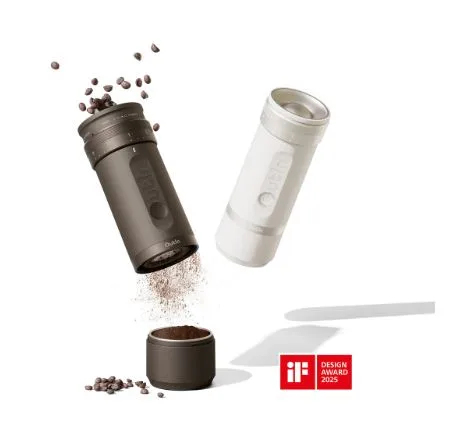Unlocking the Aroma: A Fresh Look at Terpenes
It’s easy to ignore the little things, like the scent of fresh pine, the zing of citrus peel, or the subtle herbaceous note in a botanical extract. But these nuances are thanks to something called terpenes, and they’re far more interesting than they get credit for.
At their core, terpenes are organic compounds produced by plants, and they do much more than just smell nice. They shape flavor, aroma, and the oft-overlooked character of plant-based products.
When you explore products boasting native blend terpenes, you’re diving into formulations that aim to preserve a natural-plant fingerprint: aroma and flavor crafted to feel rooted rather than artificial.
What Makes a “Native® Blend”?
A “native blend” implies a thoughtful approach: selecting terpene profiles that reflect botanical origins, and blending them in ways that feel authentic and grounded. Instead of a generic, one-note flavor or scent, native blend terpene formulas often deliver layered complexity, wood, citrus, floral, spice, just like you’d find in nature.
That means when you compare two products, the one using native blend terpenes might smell richer, feel more balanced, and simply “sit right” from a sensory standpoint. It’s not about gimmicks, it’s about subtlety, refinement and staying close to nature’s blueprint.
How Terpenes Work Their Magic
- Sensory experience : The moment you open a product and catch a whiff of something distinct, that’s often the terpene profile speaking. Whether you smell fresh pine, sweet citrus, spicy wood or floral lightness, terpenes are doing the heavy lifting.
- Interaction with other compounds : Especially in plant extracts or botanical blends, terpenes don’t act in isolation. They mingle with other molecules, shaping how the product smells, tastes, and behaves.
- Variation matters : Terpene profiles vary by plant species, growing conditions, extraction method and processing. Which means consistency and transparency matter a lot if you care about repeatable experience.
Signature Terpenes to Know and Recognize
- Limonene: Bright, citrusy, uplifting. Think orange peel in the sun.
- Myrcene: Earthy-musky, relaxed-feeling. A grounding scent.
- Pinene: Pine forest, crisp and clean.
- Linalool: Floral, subtle lavender-style softness.
Knowing these helps you decode what you’re smelling or tasting, and when that scent feels “off”, you’ll know why.
How to Choose and Use Terpene Blends Wisely
- Give it a sniff: If you have access to the product before use, smell it. Does it feel natural, full, layered? Or one-dimensional and lacking depth?
- Look for clarity: If the manufacturer shares the terpene profile (or at least gives you hints of what’s in it), it signals care. Especially with native blend terpenes, transparency helps.
- Use appropriately: Terpene-rich products should be handled with intention. Whether used for aroma, flavor, or in botanical applications, follow recommended usage.
- Store with care: Heat, light and air degrade terpenes. For best results, keep the product sealed, cool, and away from direct sunlight.
- Trust your senses: At the end of the day, your nose and tastebuds are your best guide. If it smells genuine and it feels good in context, chances are the profile is doing its job.
Final Thoughts
In the world of plant-derived aroma, flavor, and extracts, the phrase native blend terpenes signals something a little above the baseline. It suggests someone cared about retention of character, nuance of scent, and the natural source of the blend.
If you value subtlety, depth and an experience that feels rooted rather than flashy, exploring products with native blend terpene profiles is a smart move. Use your senses, check the details, and pick what resonates with you.
When the scent feels true, the flavor hits the mark, and the experience aligns, well, that’s when good terpenes become more than just an ingredient. They become part of the story.


